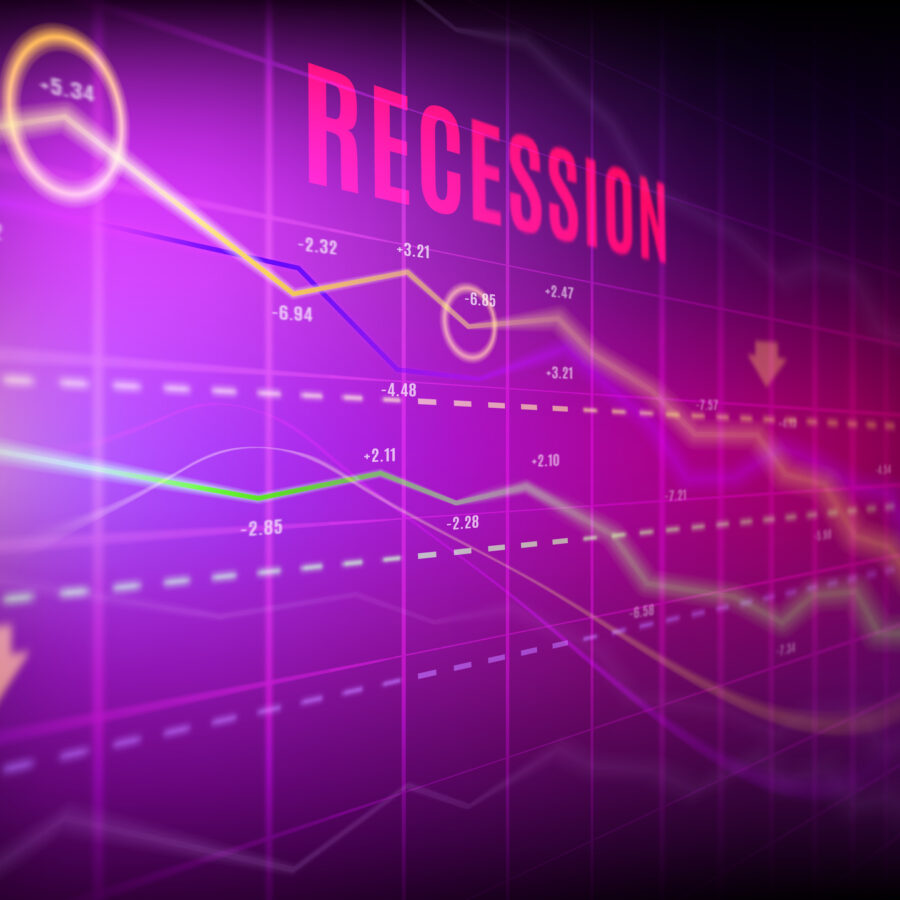Why it’s not worth worrying that the UK has technically entered a recession
Even if we had just skirted a recession, it would have had little impact on people’s lives

It has been confirmed that the UK entered a “technical recession” at the end of last year.
The economy contracted by 0.3 per cent in the final three months of 2023, data from the Office for National Statistics (ONS) shows, while growth in the previous three months was also negative.
We now expect to see a lot of coverage, not to mention criticism of the Government and, from certain directions, the Bank of England.
But what if growth at the end of last year had turned out to be positive. We’d technically have skirted away from a recession, but would life feel so much better? Would our standard of living be higher? Our risk of unemployment be lower? No.
The difference between a small quarterly fall in gross domestic product (GDP) and no change in GDP is actually tiny, and that’s the difference between being in a recession or not. Yet we put so much stress on the term that you would expect these numbers to be vastly different.
So, what should we be taking away from the GDP data release.
First, the good news. Even though the UK economy was in a technical recession in the second half of 2023, it did not experience a deep recession, and the associated large fall in the standard of living.
Similarly, the National Institute of Economic and Social Research (NIESR) UK business cycle dating committee defines a recession as “a significant decrease in economic activity” where “significant” implies both deep and long-lasting.
On these definitions, it is fairly clear that the UK economy was not in recession in 2023.
Even though GDP fell in the last three months of 2023, it actually grew in the year relative to 2022. Not strong, but definitely not a recession. The sweeping job cuts we associate with those kind of events – apparent during the financial crisis and Covid pandemic – are unlikely to come to pass.
This brings me to the bad news. Between the first quarter of 2022 and the final quarter of last year, GDP fell. And GDP per head is now lower than at the end of 2019, just before the pandemic hit.
How does that compare to the past? Well, between 1947 and 1973, the UK saw average annual growth of 3.4 per cent. Between 1973 and 2007 it was 2.3 per cent, and between 2007 and 2019, it was 1.2 per cent.
In other words, regardless of what we saw today, the UK economy is growing at a snail’s pace. And it gets worse. If we adjust for population growth over this period, this average growth rate turns negative.
GDP per head at the end of 2023 was still lower than at the end of 2019, just before the pandemic hit.
In other words, with the economy growing at such a slow rate, the average person in the UK is becoming worse off over time.
Raising living standards must be a priority for the current Government and, indeed, any incoming government. To do this, something has to be done about the UK’s woeful economic growth.
NIESR have long advocated increased public investment, particularly in infrastructure, education and skills, and healthcare, all of which act to raise productivity growth in the long run. At the same time, we need more business investment.
This need to increase the long-run growth rate of the economy is what I hope the media and the politicians will concentrate on in their response to Thursday’s GDP numbers.
A version of this article first appeared on the iPaper on 14 February 2024




















